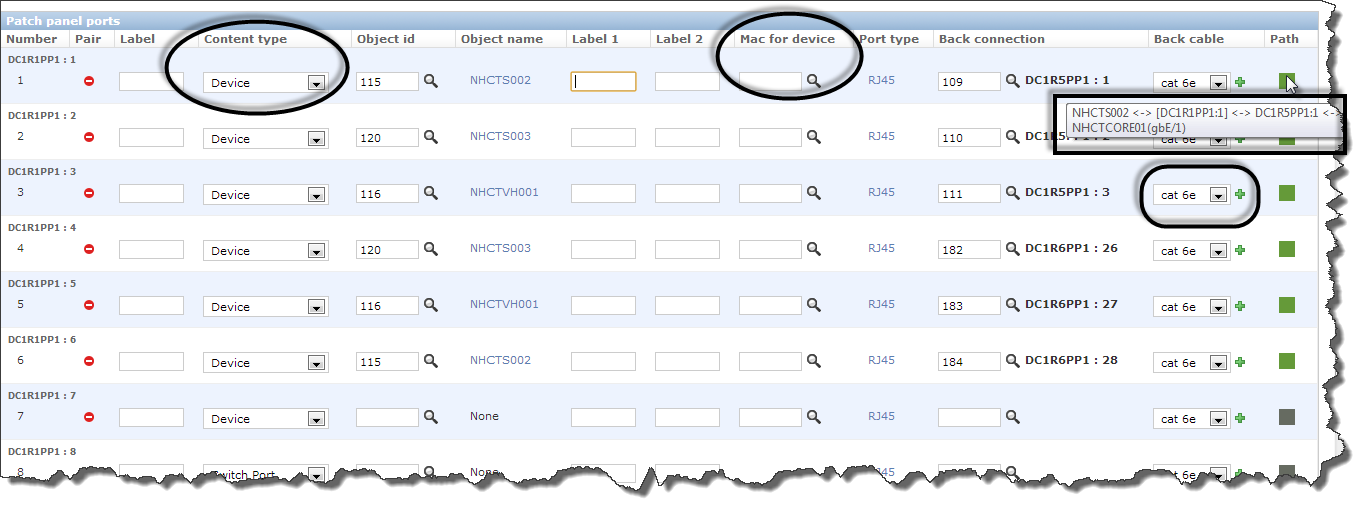Open Source Patch Management Software

SHARE is the code vulnerability that will long live in the corporate memory of Equifax, the credit ratings agency. A simple might have kept that vulnerability from turning into one of the most high-profile data breaches in recent memory. CVE-2017-5638 is a remote code execution bug that affects the Jakarta Multipart parser in Apache Struts, an open source application framework for developing Java EE web applications. Remote code execution bugs are generally extremely serious, and for that reason, when the vulnerability was discovered, the Apache Foundation recommended that any developers or users of affected versions of Struts upgrade to later versions that had been patched to close the vulnerability. Unfortunately for Equifax, news of the bug never reached the person or persons responsible for applying patches, so the software in use in the company was never patched. And as if that were not bad enough, a scanner used by the company to detect software with known vulnerabilities reportedly did not detect the unpatched versions of Struts and issue an alert to the relevant administrators either.
A Patch Management software would scan systems and find out if further patches. Patch Management Operation Team monitors sources of intelligence from. See how patch management software works and the caveats the software can carry. There are freeware versions of patch management products; there are.
As a result, hackers soon exploited the company's vulnerable systems to infiltrate the organization and made off with sensitive personal records - including social security numbers - of more than 140 million people in the U.S., Canada, and the UK. The failure by Equifax to ensure that its systems were patched promptly to prevent hackers exploiting a known (rather than zero-day) vulnerability highlights the importance of having an effective patch management system in place. The overwhelming majority of hacks are caused by organizations running software that has known vulnerabilities that should have been patched, and in that sense they are easily preventable. In fact an HP study, Cyber Risk Report 2015, found that 44 percent of known breaches in 2014 were caused by vulnerabilities that were between two and four years old that had not been fixed. Patch management features Most patch management solutions include three features: Inventory scanning to detect what software is present in an organization (authorized or otherwise); patch status detection to check that operating systems and applications are fully patched and flagging any that are vulnerable or for which the patch status is unknown; and patch deployment to collect, configure and apply software patches to applications that require them in the appropriate order to avoid conflicts or to undo a previously applied patch. What's clear from the fallout from the Equifax hack is that an effective patch management system would have prevented the incident: A thorough vulnerability scan would have detected the unpatched and vulnerable software and made it straightforward for the patches to be deployed. Ideally, an administrator dashboard would have highlighted the fact that the software had not been patched and prompted a suitably senior administrator on a continuous basis until the patches had been deployed.
ITK muncul sebagai jawaban karena hingga saat ini pengukuran yang ada belum dilakukan secara komprehensif, selain itu belum menggambarkan kebijakan strategis dan kegiatan yang harus dilakukan untuk mencapai target RB Polri dalam mewujudkan aparatur Polri yang bersih dan bebas dari KKN, meningkatnya kualitas pelayanan prima Kepolisian dan meningkatnya kapasitas dan akuntabilitas kinerja Polri menuju pemerintahan yang baik (good governance) dan tata kelola pemerintahan yang bersih (clean government). Untuk menjawab kebutuhan Polri diperlukan pengukuran sebagai komponen pengungkit yang memenuhi 2 (dua) Hal. Program reformasi birokrasi nasional.
There is no shortage of good patch management solutions. Microsoft allows many organizations to update their IT infrastructure using System Center and Windows Server Update Services, and there are also many other third-party patch management solutions from the likes of SolarWinds, Ivanti, Kaseya, and Flexera. Open source patch management solutions These solutions all involve proprietary software, but many organizations prefer to use open source solutions whenever possible. Apache Struts is itself open source software, but what's notable is that when it comes to open source patch management solutions which might have prevented the data breach, there are very few options. That's not to say that none exist at all.
One possible candidate is – Open PC Server Integration - which bills itself as 'an open source client management system to manage heterogeneous environments.' The code is under active development, and the latest test version of the code was released on Nov. Commercial support is available from the project's sponsor, a German company called UIB. And a quick search of GitHub reveals just a handful of possible solutions such as vFense ('an Open-Source Cross-Platform Patch Management and vulnerability correlation tool') which has not been updated for several years, or more actively maintained projects such as, which is specifically targeted at OS X systems used in enterprises. But the truth is that there are not many realistic options for anyone looking for an open source patch management solution with a vibrant community around it and commercial support available when necessary. Linux comes with patch management So why are there so few open source patch management solutions? Josh Zelonis, a senior analyst at Forrester, suggests that Linux lies at the root of the answer.
- пятница 23 ноября
- 9